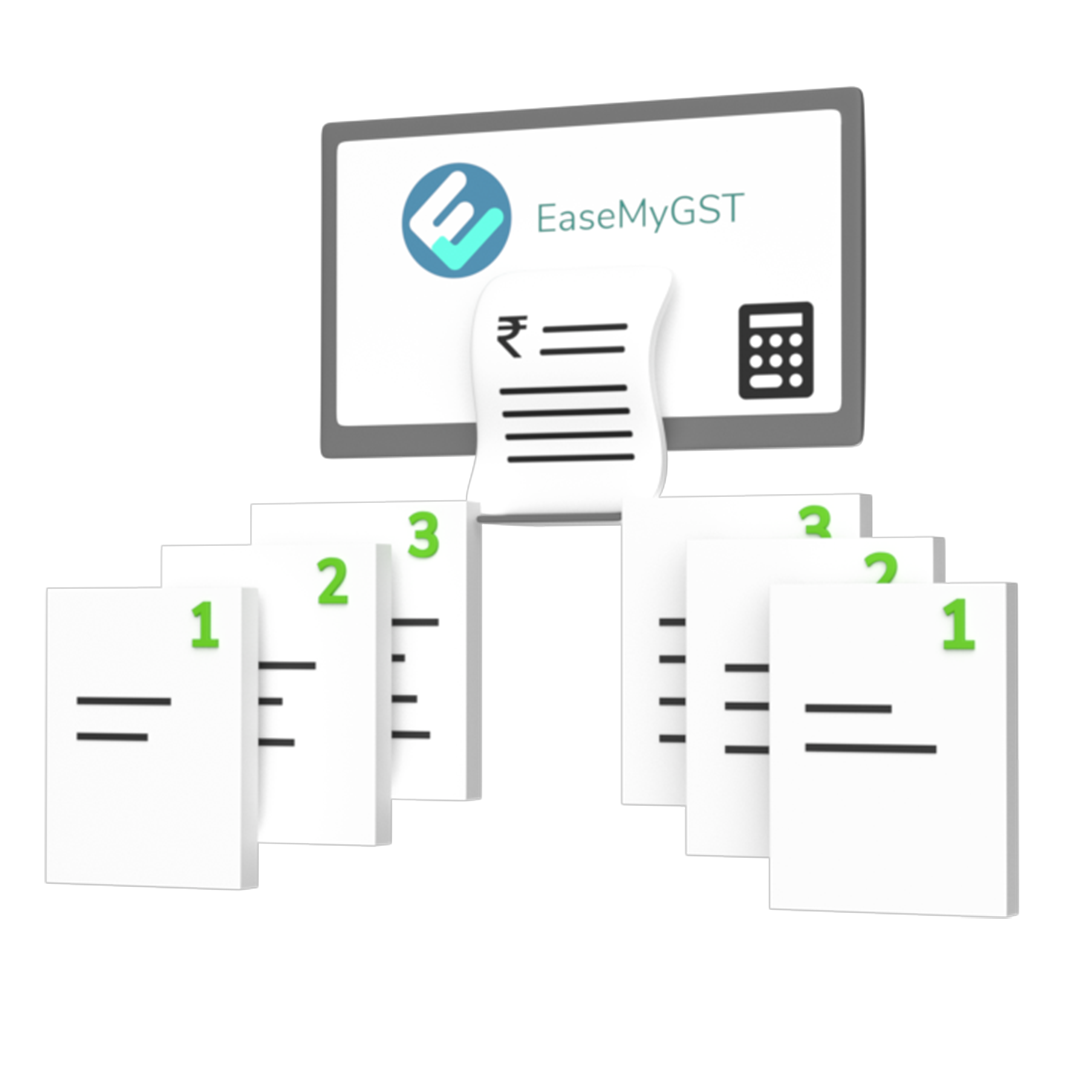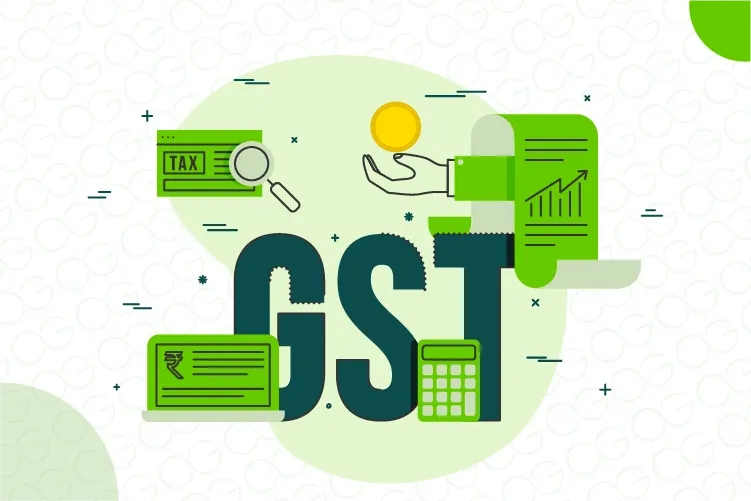How GST Benefits Retailers: A Game Changer for the Retail Industry
Understanding GST and Its Purpose
Goods and Services Tax (GST) is a landmark reform in India's indirect tax structure. It is a comprehensive, destination-based tax levied on the manufacture, sale, and consumption of goods and services across the country. Introduced with the aim to replace a complex web of multiple indirect taxes like VAT, CST, service tax, excise duty, and others, GST simplifies taxation by unifying it under a single umbrella.
Before GST, retailers had to navigate a confusing maze of different tax laws in each state, often paying taxes at multiple levels. This resulted in cascading taxes—tax on tax—which increased the final price for consumers and reduced the overall competitiveness of businesses. GST addresses these inefficiencies by streamlining taxation, enabling seamless credit across supply chains, and making tax compliance easier.
For the retail sector—a crucial pillar of India’s economy—GST has brought about significant transformation. It eliminates barriers, simplifies interstate trade, boosts logistics efficiency, and offers better tax transparency. Let's explore how GST benefits retailers across various facets of their operations.

Curious how GST can boost your retail margins? Let Ginesys show you the way.
The Need for GST in Retail
India’s retail landscape is incredibly diverse, comprising everything from small kirana stores to large multi-brand outlets and organized chains. Prior to GST, retail businesses had to deal with varying tax systems in each state. These inconsistencies created challenges in procurement, pricing, logistics, and compliance.
GST was introduced to resolve the following key issues:
- Multiplicity of taxes: VAT, service tax, CST, entry tax, octroi, and excise duties led to complex and overlapping tax liabilities.
- Non-uniformity across states: Each state had its own rates, rules, and forms, resulting in confusion and compliance burdens.
- Blocked input tax credit: Cross-utilization of tax credits (e.g., service tax credit on VAT liability) was restricted, affecting profitability.
- Logistics inefficiencies: Check-post delays and state-border bottlenecks resulted in inventory pile-ups and delivery disruptions.
GST has addressed these structural challenges by creating a unified tax system that is technology-driven, efficient, and easier to administer.
Key Benefits of GST for Retailers
1. Unified Tax Structure – One Nation, One Tax
Under the GST regime, all major indirect taxes have been subsumed under a single tax structure comprising Central GST (CGST), State GST (SGST), and Integrated GST (IGST). This eliminates the need for retailers to manage multiple taxes such as:
- Value Added Tax (VAT)
- Central Sales Tax (CST)
- Service Tax
- Entry Tax
- Octroi
- Excise Duty
With one tax structure across the country, retailers can now focus more on business growth than on tax compliance.
2. Streamlined Procurement and Supply Chain Operations
For retailers, the ability to procure goods from anywhere in the country without worrying about state-level tax implications is a massive advantage. Earlier, tax considerations often dictated where a business could source its goods from, rather than factors like cost or availability.
With GST in place:
- Interstate procurement is tax-neutral, making vendor selection more flexible.
- Input tax credit (ITC) can be claimed seamlessly across the supply chain, enhancing profitability.
- Goods move faster due to the elimination of check posts and border formalities.
This enables more agile and responsive supply chain management—a necessity in today’s fast-paced retail environment.
3. Improved Logistics and Warehousing
Before GST, businesses were compelled to establish warehouses in each state primarily for tax reasons, not for operational efficiency. This led to redundant inventory, higher warehousing costs, and fragmented logistics.
Post-GST, logistics networks are restructured based on efficiency rather than tax benefits.
Key outcomes include:
- Consolidated warehousing leading to reduced overheads.
- Optimized delivery routes and faster last-mile delivery.
- Reduced transit time with the removal of inter-state check posts.
Retailers can now adopt modern distribution models like hub-and-spoke or centralized warehousing with minimal tax impact.

4. Enhanced Margins with Seamless Input Tax Credit (ITC)
Under the pre-GST system, input tax credit could not be claimed across tax categories (e.g., VAT on services). GST allows for a unified credit system, which ensures that tax paid on inputs can be offset against the tax liability on output.
Retailers benefit from:
- Lower effective tax cost.
- Reduced instances of tax cascading.
- Transparent accounting of taxes paid and credits claimed.
Ultimately, this boosts profit margins and improves the bottom line—especially important in the high-volume, low-margin retail space.
5. Simplified Compliance Through Technology
GST is designed as a fully digitized tax system with standardized returns, e-invoicing, and real-time reconciliation. While this initially required a learning curve, it has significantly improved ease of doing business.
Retailers can now:
- File returns online through the GST portal.
- Use automated reconciliation tools to match purchase and sales data.
- Generate e-way bills and invoices digitally, ensuring transparency and accountability.
- Integrate their ERP or POS systems with GST APIs for real-time tax calculations and filings.
This reduces the burden of manual paperwork, avoids human errors, and ensures that tax compliance is timely and accurate.

Join 1200+ retailers who trust Ginesys for GST compliance.
6. Removal of Entry Barriers: Unified National Market
Earlier, the Central Sales Tax (CST) and entry taxes created artificial barriers between states, restricting free flow of goods. Retailers had to account for extra costs and compliance when selling in or sourcing from different states.
GST removes these bottlenecks and enables the creation of a single, unified national market. Retailers can now:
- Expand operations across India without worrying about state-wise tax implications.
- Launch pan-India promotions and pricing strategies.
- Explore new markets and geographies without additional tax burden.
This has opened up new growth avenues for both large and mid-sized retailers.
7. Clarity on Goods vs. Services
Under the previous tax regime, goods and services were taxed separately. This created confusion in bundled offerings like product+installation or product+AMC (Annual Maintenance Contract), often leading to dual taxation.
GST has resolved this issue by treating such combinations as a composite or mixed supply, ensuring that one single rate is applied. Retailers benefit from:
- Clarity in pricing and billing for bundled services.
- Reduced litigation risk related to tax classification.
- Ease in accounting and audit processes.
This is particularly useful for electronics retailers, furniture outlets, and service-linked businesses.
8. Better Tax Transparency and Reduced Tax Evasion
GST is structured to promote self-policing through invoice matching and e-invoicing. For every transaction, the buyer and seller’s data must match for input credits to be claimed.
This promotes:
- Accurate recordkeeping and documentation.
- Reduced scope for underreporting or manipulating turnover.
- Improved trust among supply chain partners due to traceable transaction history.
Retailers, especially in the organized sector, are now competing on a level playing field as GST minimizes tax evasion and informal sector advantages.
9. Boost to Organized Retail Sector
GST is a step toward formalizing India’s largely unorganized retail industry. The advantages of input credit, digital compliance, and transparency encourage businesses to join the formal economy.
For organized retailers, this means:
- Increased competitiveness due to fewer gray-market players.
- Ease in onboarding vendors and franchisees who are GST-compliant.
- Attractiveness for investors and funding as financials are more transparent.
The increased formalization also means access to credit, faster payments, and better scalability for retail businesses.
Ginesys and GST Compliance
As a forward-looking retail technology provider, Ginesys has been at the forefront of ensuring retailers are GST-compliant. Our ERP, POS, and EaseMyGST platforms are fully integrated to manage GST filings, e-invoicing, and GST reconciliation seamlessly.
Retailers using Ginesys benefit from:
- Auto-calculation of GST across invoices.
- Simplified GSTR-1 and GSTR-3B filing.
- Integration with government portals for real-time data sync.
- Intelligent dashboards for tracking GST input/output credits.
We understand the nuances of retail and ensure that our solutions align with evolving GST requirements so that retailers remain fully compliant while focusing on business growth.

GST compliance is complex—unless you're using Ginesys. See how we simplify it for you.
GST is a Win-Win for Retailers
The implementation of GST has revolutionized the Indian retail sector. By simplifying tax structures, enhancing logistics efficiency, enabling better credit flow, and digitizing compliance, GST has created a more streamlined, transparent, and competitive environment for retailers.
Whether you are a large-format retailer, a D2C brand, or an omnichannel seller, GST enables smoother operations, better profitability, and greater scalability.
Retailers that adopt GST-compliant tools and software—like those offered by Ginesys—are better positioned to capitalize on these benefits, ensure long-term sustainability, and thrive in an increasingly digital and integrated marketplace. Contact Ginesys today!

